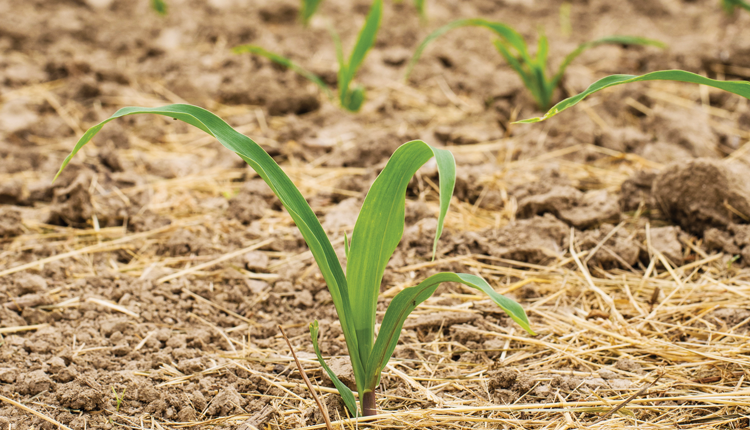Thomas is retired from the William H. Miner Agricultural Research Institute and president of Oak Point Agronomics Ltd. Wiersma is the alfalfa business manager with Corteva Agriscience.

The experiment compared yields on plots that had the prior manure application and now receive commercial fertilizer to plots that only ever received fertilizer. Time will tell if the Idaho results were a “one-off” or will be repeated at other sites and with different soil types, but the long-term benefit of manure application is well-known.
We emphasize the value of manure primarily for the major nutrients it provides — nitrogen (N), phosphorus (P), potassium (K), and micronutrients. Manure also contributes through the addition of organic matter, which helps with soil health (biological activity), and water retention, especially in dry soil environments. In addition, it supplies nutrients beyond the initial year of application.
The University of Wisconsin suggests that residual N availability from dairy manure is 10% during the second year following application and 5% during the third year. These guidelines were confirmed by research involving semi-solid dairy manure, which found that 9% to 12% of the N from manure was available during the second year and 3% to 5% in the third year following application. Therefore, crops grown on fields that receive annual applications of dairy manure benefit from the immediate impact of that year’s application, plus an additional 15% of N from manure applied during the prior two years.
Built up over time
Manure truly is a multivitamin for crops. It contains “the big three” — nitrogen, phosphorus, and potassium — plus at least a half dozen essential secondary and micronutrients.
Most of the nutrients a cow consumes in its ration are excreted in the manure. Research at the William H. Miner Agricultural Research Institute (Chazy, N.Y.) found that crop fields with a history of recent manure applications had consistently higher soil test zinc levels than those not receiving manure. Zinc is one of the most commonly deficient micronutrients in corn production.
The typical dairy cow ration consists of homegrown forages as well as minerals and grains brought to the dairy from off-farm sources. These “imported” feedstuffs include trace minerals that may not be present (or present in much smaller amounts) in the homegrown forages.
It’s possible that some of the zinc found in Miner Institute’s manured crop fields was from the small amount of zinc sulfate fertilizer included in the corn starter. It is more likely, however, that much of it came from the cow manure applied to those fields — a form of recycling from corn silage fed to cows and then passed through their manure.
Make the most of manure
Many dairy farms have crop rotations that include corn harvested for silage and either alfalfa or alfalfa-grass. A Concentrated Animal Feeding Operation (CAFO) is required to have a nutrient management plan, but all dairy farms should have a similar plan, either formal or informal. This planning helps maximize the nutrients from dairy manure for the entire rotation.
Manure is often applied prior to planting corn in a rotation to supply nitrogen to the crop and to build soil fertility, reducing the amount of commercial fertilizer needed. Often, soil phosphorus and potassium levels can be improved enough during several years of corn production so that little or no starter fertilizer is needed during hay crop establishment.
High yields of alfalfa remove a lot of potassium from a field, so some topdressed potassium fertilizer is frequently needed, especially during the third and later years of production. With alfalfa or alfalfa-grass stands, topdressed liquid or slurry manure can be used to supply at least some of this potassium and other nutrients.
Long-lasting benefits
Dairy manure has an immediate and beneficial impact on plant vigor and crop yield, and some of the nitrogen in manure is also available for at least two years following a manure application. But what about the organic matter and other nutrients in the manure, including the “multivitamins?” As the Idaho research suggests, these may remain in the soil for many years and have a positive impact on subsequent crop yields and quality.











